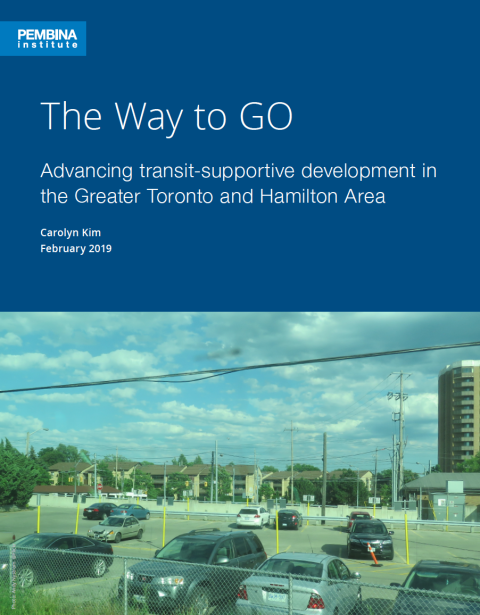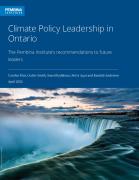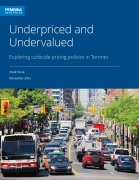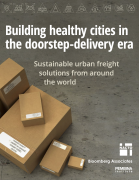The population in the Greater Toronto Hamilton Area is expected to attract approximately 110,000 new residents every year, and grow to more than 10 million people by 2041. This mounting pressure presents economic growth opportunities but also challenges municipalities to keep up with demands to keep people moving across the region and offer affordable housing options.
Cities must create compact communities that include appropriate densities and a balanced mix of housing, jobs, shopping and services — all within walking distance to major transit stations such as GO stations. This planning approach is referred to as “transit-supportive development” (TSD) or “transit-oriented development”. There is a significant opportunity to leverage the existing and future planned investments in the GO regional transit network to increase housing and employment.
This report examines the benefits and impacts of transit-supportive development and the housing market. Specifically, the scope of work includes the following:
1. Identify the benefits of transit-supportive development in terms of household savings on housing and transportation costs and potential increases to housing supply.
2. Select two GO stations located in the GTHA (one in the City of Toronto and one in Durham Region) as illustrative examples of stations that may benefit and be redeveloped over time with greater transit-supportive development.
3. Recommend policy interventions and actions to advance transit-supportive development.





